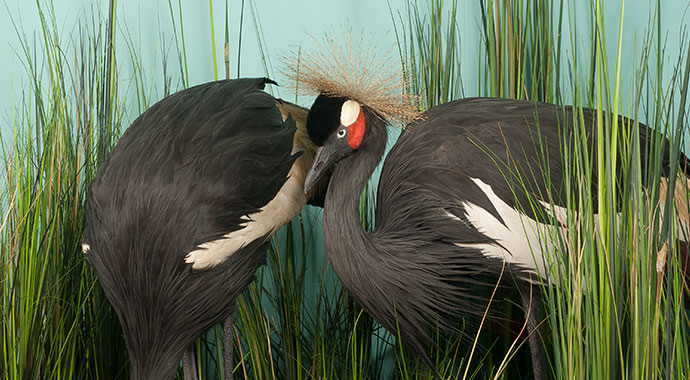For those who suffer from the travel bug, the Übersee-Museum is sure to offer plenty of ways in which to discover other countries, their natural habitats, people and cultures. Yet there also are topics where national borders, time or climate zones, language barriers, as well as other differences have long since lost their significance. Be it with positive or negative impacts, globalisation has people from all continents moving closer together – which can be seen in the exhibition “What makes the world go round”.
Here, seven different paths allow visitors to recognise global phenomena and reveal different coherences: Worldwide, communication, global economy, climate change, sex & gender, migration, time or human rights take on a central role. They are a chance and challenge at the same time. What has to be done to deal with these issues? In the exhibition, a number of “hands-on” stations invite visitors to conduct their own research, stimulating them to call their own roles and cultural points of view into question.
A free media guide is available for this exhibition. You can use it during your visit with free wifi in the museum or online:
To the online mediaguide
We would like to thank our sponsors
DBU | Die Sparkasse Bremen | BLG Logistics | swb | Karin und Uwe Hollweg Stiftung | Naber-Stiftung Übersee-Museum |
Presented by
nordwest radio | Weser Kurier